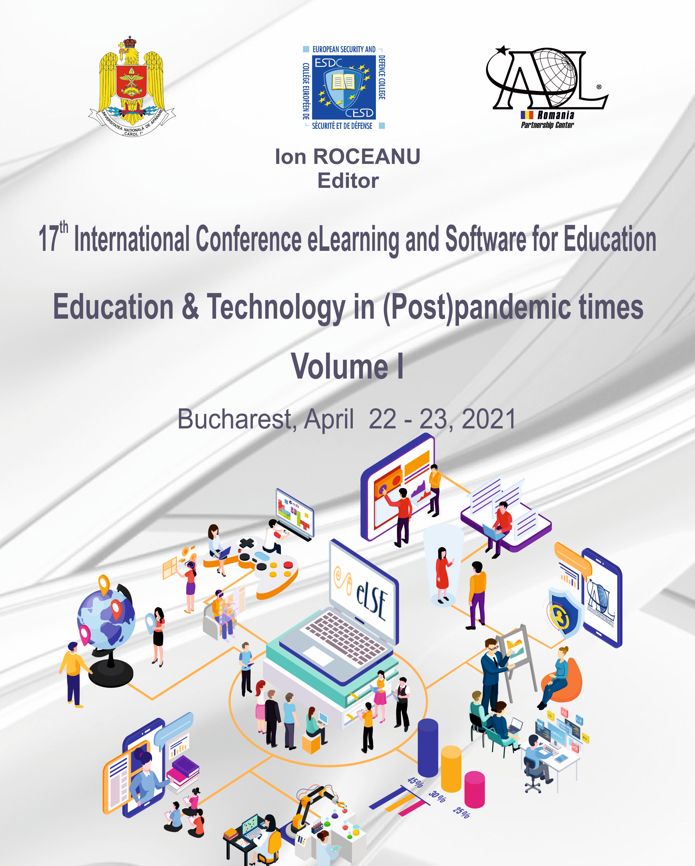SECURITY AND DEFENCE HIGHER EDUCATION IN PANDEMIC TIMES: MEASURES ADOPTED AND NEW PERSPECTIVES FOR THE FUTURE
SECURITY AND DEFENCE HIGHER EDUCATION IN PANDEMIC TIMES: MEASURES ADOPTED AND NEW PERSPECTIVES FOR THE FUTURE
Author(s): Enrico Spinello, Gianluca Torbidone, Marina Marchisio, Sergio RabellinoSubject(s): Security and defense, Military policy, Higher Education , Health and medicine and law, Distance learning / e-learning
Published by: Carol I National Defence University Publishing House
Keywords: E-learning; Higher Education; Officers’ Education; Post-pandemic Education; Security and Defence Education;
Summary/Abstract: The pandemic crisis started in the middle of the last academic year and disrupted timetables and programs designed months in advance. This forced all Schools and Universities to quickly reorganize all the didactic activities in a different way to meet the new needs. In the field of Security and Defence Higher Education it was necessary to design new models of teaching and training: officers, in order to be able to operate in very complex national and international contexts, cannot postpone training and could not lose, in terms of quality, their specialized education. This sudden change was made more difficult by the fact that the officers’ preparation includes theoretical and practical activities. In this paper, we analyze the measures adopted by the University of Turin, in cooperation with IT-Army Education and Training Command and School of Applied Studies, for military and civilian students of the Bachelor Degree and Master Degree in Strategic Sciences. The a priori presence of a Digital Learning Environment, already used as a support to the face-to-face teaching, was very important and allowed to adopt quite easily flexible digital methodologies in distance, blended and hybrid teaching and learning. Nonetheless, it was fundamental to support and train teachers to develop more digital competences and produce new interactive materials, and to strengthen the infrastructures in terms of hardware, software and updating of the classrooms. We discuss this transition by using students' and teachers’ answers to two questionnaires and through the analysis of students' activities, difficulties encountered, and solutions found. The outcomes in such a challenging and demanding context are generally positive and offer new opportunities and new perspectives for the future of Security and Defence Higher Education.
Journal: Conference proceedings of »eLearning and Software for Education« (eLSE)
- Issue Year: 17/2021
- Issue No: 01
- Page Range: 78-87
- Page Count: 10
- Language: English

